Open Refrigerated Display Cabinet CFD Simulation – ANSYS Fluent Tutorial
Open Refrigerated Display Cabinet CFD Simulation – ANSYS Fluent Tutorial
- Upon ordering this product, you will be provided with a geometry file, a mesh file, and an in-depth Training Video that offers a step-by-step training on the simulation process.
- For any more inquiries regarding the product, please do not hesitate to reach out to us at info@CFDLAND.com or through our online support assistant.
€150 Original price was: €150.€120Current price is: €120.
Open refrigerated display cabinets (ORDCs) represent one of the most challenging thermal management systems in modern retail environments. It requires design approaches to maintain food safety temperatures while remaining fully accessible to customers. These cabinets utilize a carefully engineered air curtain system—essentially an invisible barrier of recirculated cold air—that must simultaneously prevent ambient infiltration while showcasing merchandise without physical barriers. Following the methodologies outlined in the reference paper “Detailed CFD Modelling of Open Refrigerated Display Cabinets [1],” our simulation examines the complex thermal-fluid interactions occurring within these systems. Modern retail refrigeration design increasingly relies on such numerical approaches to reduce the significant carbon footprint associated with commercial refrigeration while ensuring compliance with stringent food retail regulations.
- Reference [1]: Gaspar, Pedro Dinis, LC Carrilho Gonçalves, and R. A. Pitarma. “Detailed CFD modelling of open refrigerated display cabinets.” Modelling and Simulation in Engineering1 (2012): 973601.
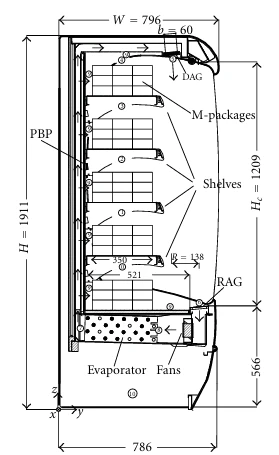
Figure 1: Display cabinet configuration and dimensions [1]
Simulation Process
The computational domain was set up as a two-dimensional model of the open refrigerated display cabinet that was carefully rebuilt based on the geometric details and measurements given in the paper. The 2D approximation was fine because the cabinet had a consistent cross-sectional profile along its length. This meant that the computations could be done much more quickly while still catching the important flow physics. The domain was broken up into smaller pieces using a unstructured mesh. A species transport model was used in ANSYS Fluent to simulate the psychrometric conditions. This model saw the flow as a mix of dry air and water vapor, which made it possible to accurately predict the condensation potential and moisture movement patterns.
Post-processing
The velocity pathline image shows the complicated flow structure inside and around the refrigerator cabinet. There are clear signs of multiple recirculation zones in the display area. The most noticeable thing is the formation of five separate swirling structures along the back wall of the cabinet. These create spots where the flow stops, which could cause items to cool unevenly. The main air curtain comes out of the cabinet’s top discharge screen at speeds of up to 15 to 20 m/s, creating an aerodynamic barrier that pulls in more outside air as it goes down. At the point where the cold jet meets the warm room air, this entrainment can be seen as a band that gets wider and has medium-sized speeds. The pathlines clearly show how the integrity of the air curtain is compromised about halfway down its path. This is where major flow instabilities happen, which leads to more mixing. This is a key weak spot where heat is most likely to enter.
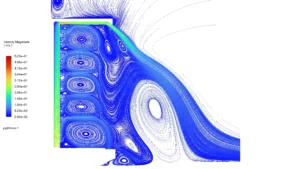
Figure 2: Air curtain pathlines around Open Refrigerated Display Cabinet
The temperature distribution and relative humidity outlines how well the cabinet isolates heat; the temperature inside stays around 14°C while the temperature outside is almost 27°C. At the junction of the air curtain, the thermal boundary layer looks like a clear gradient that spans about 10 to 12°C across a fairly narrow transition zone. This difference in temperature is directly related to the barrier of humidity shown in the third picture. Inside, relative humidity levels below 5% are very different from outside levels above 55%. The humidity visualization is especially helpful for finding places where condensation might happen. This is because the sudden change from dry cabinet air to damp ambient conditions makes it easy for wetness to form on items close to the front edge of the cabinet. The most interesting thing is that both temperature and humidity contours have almost identical patterns of entry into the protected zone. The biggest thermal leakage happens at the bottom of the display area, where the air curtain’s momentum has slowed down a lot and buoyancy effects start to dominate the flow physics.
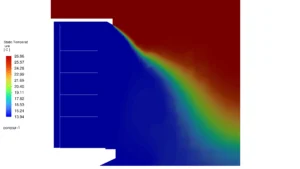
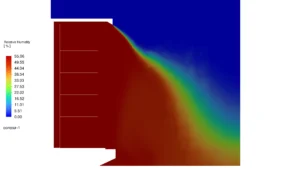
Figure 3: Thermal condition and relative humidity around Open Refrigerated Display Cabinet
We pride ourselves on presenting unique products at CFDLAND. We stand out for our scientific rigor and validity. Our products are not based on guesswork or theoretical assumptions like many others. Instead, most of our products are validated using experimental or numerical data from valued scientific journals. Even if direct validation isn’t possible, we build our models and assumptions on the latest research, typically using reference articles to approximate reality.
Yes, we’ll be here . If you have trouble loading files, having technical problems, or have any questions about how to use our products, our technical support team is here to help.
You can load geometry and mesh files, as well as case and data files, using any version of ANSYS Fluent.
€155 Original price was: €155.€95Current price is: €95.

€175 Original price was: €175.€115Current price is: €115.

€330 Original price was: €330.€175Current price is: €175.

€185 Original price was: €185.€125Current price is: €125.

€110 Original price was: €110.€65Current price is: €65.

€255 Original price was: €255.€135Current price is: €135.


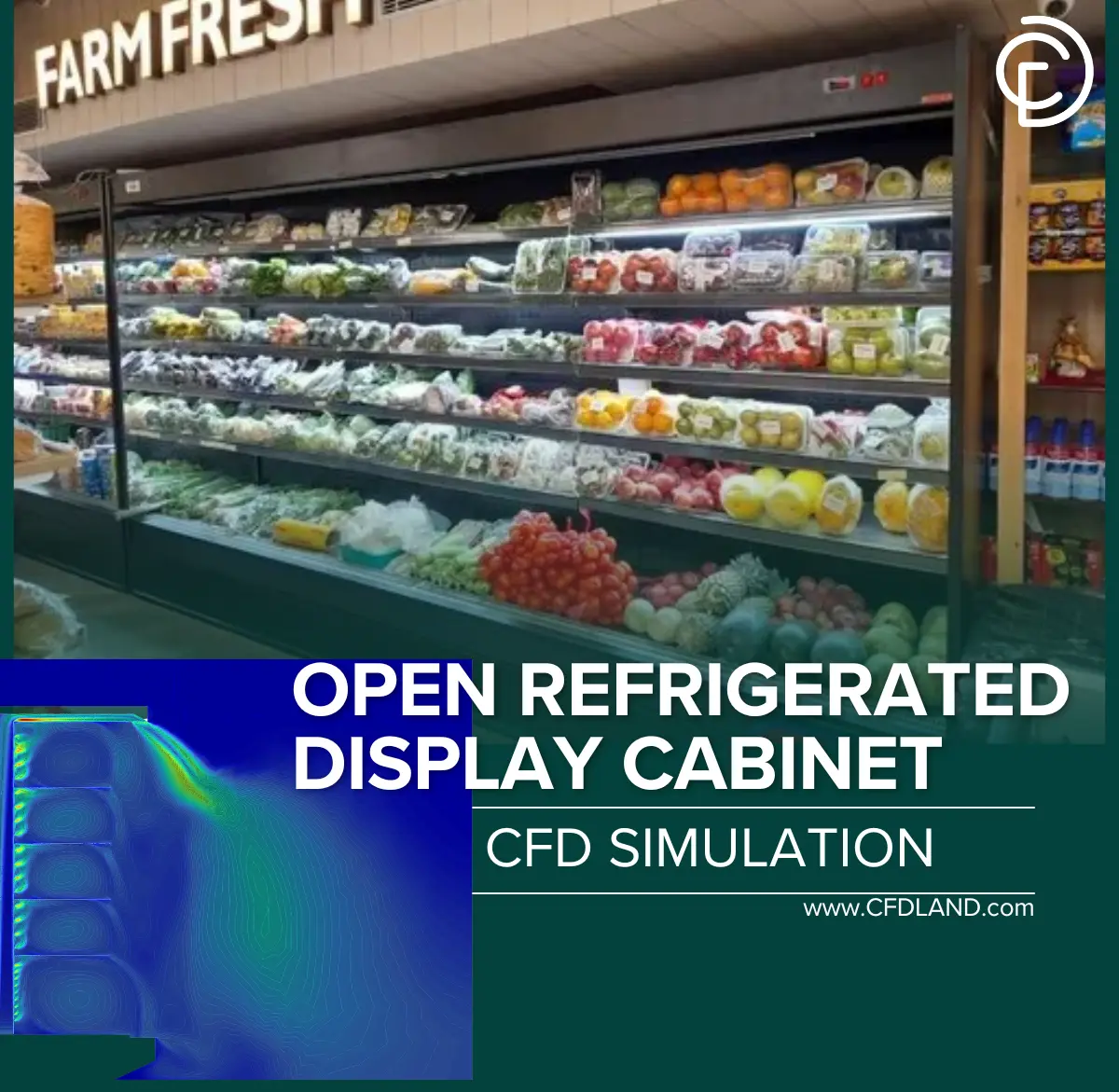
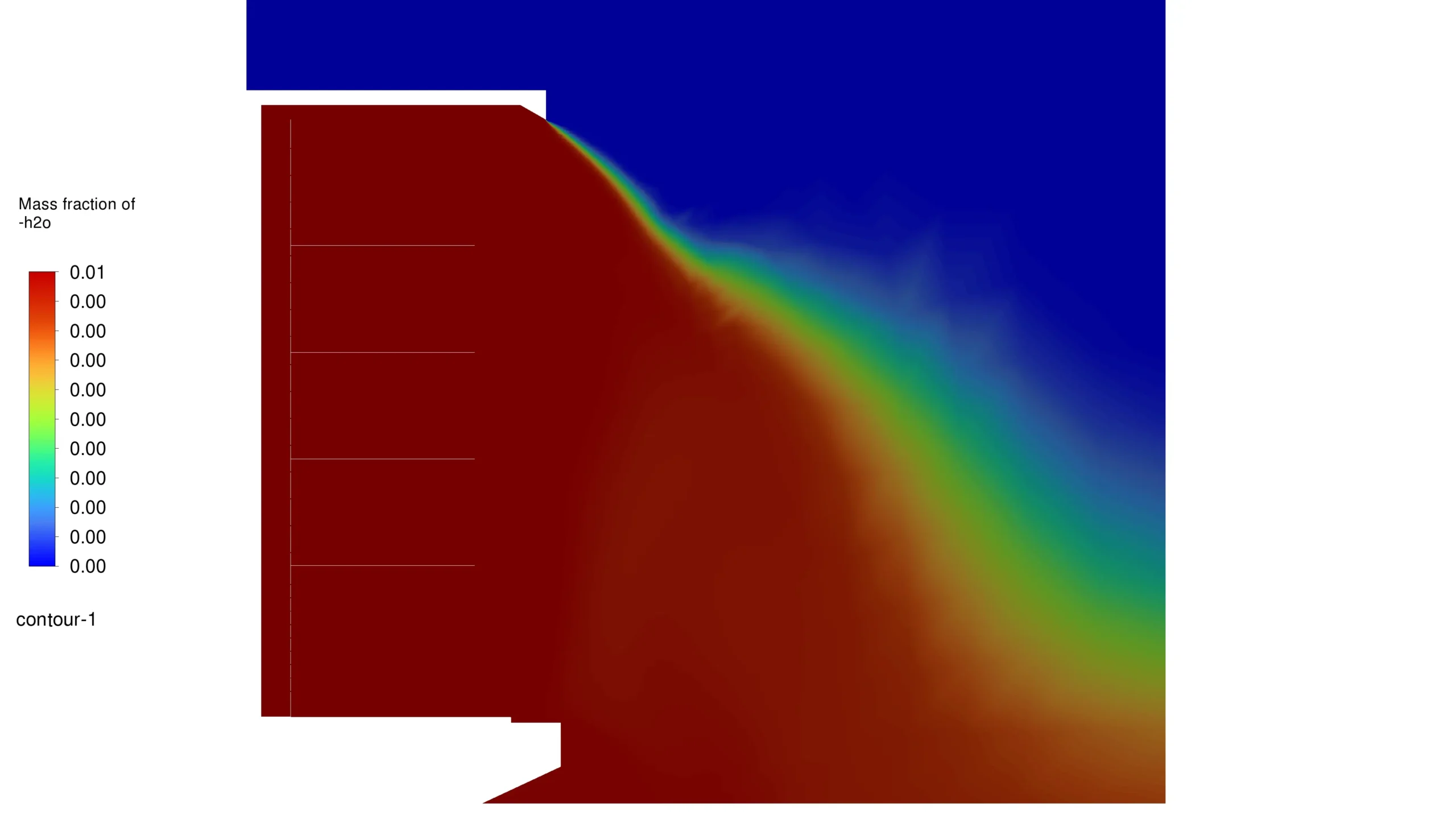
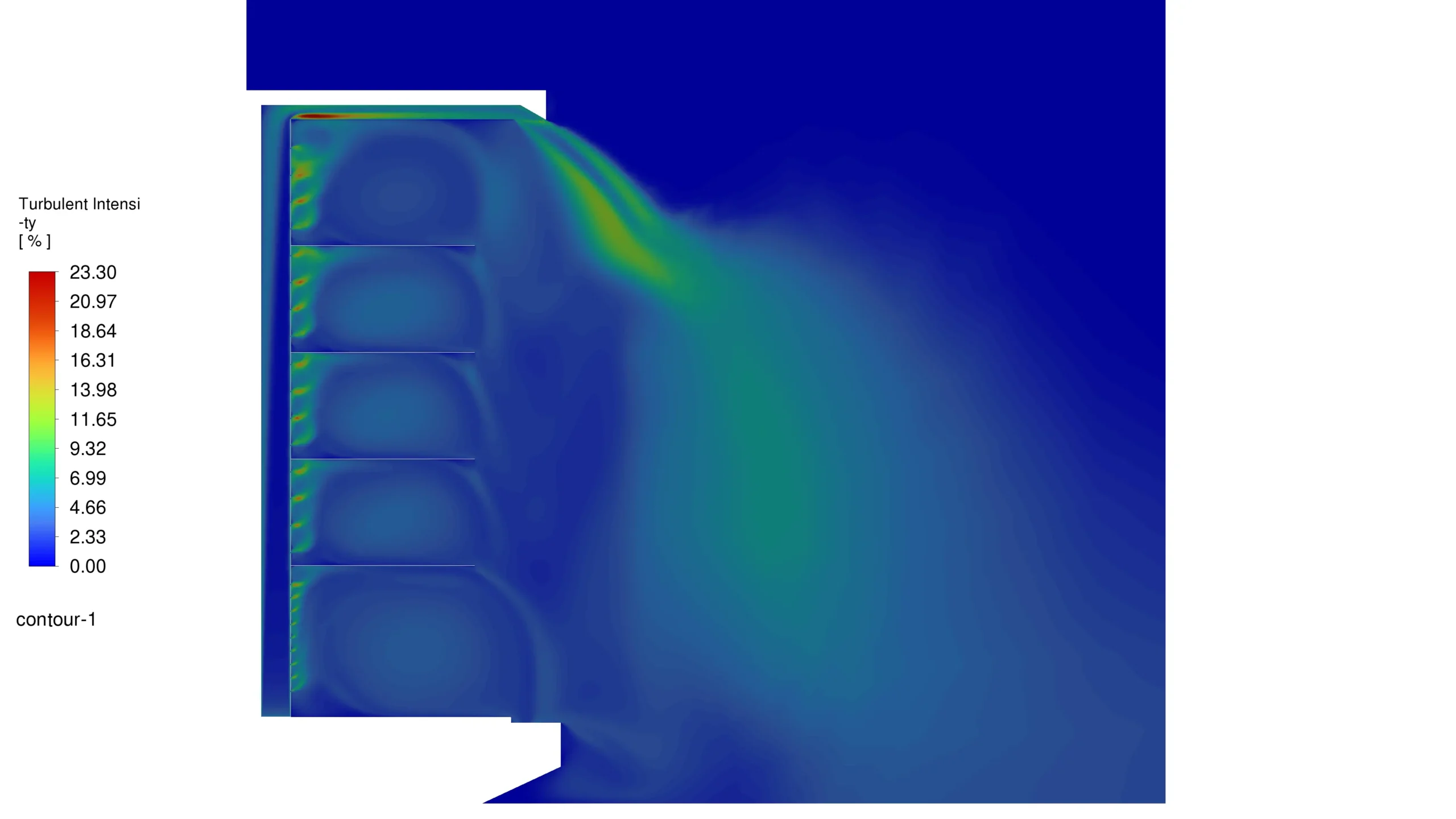
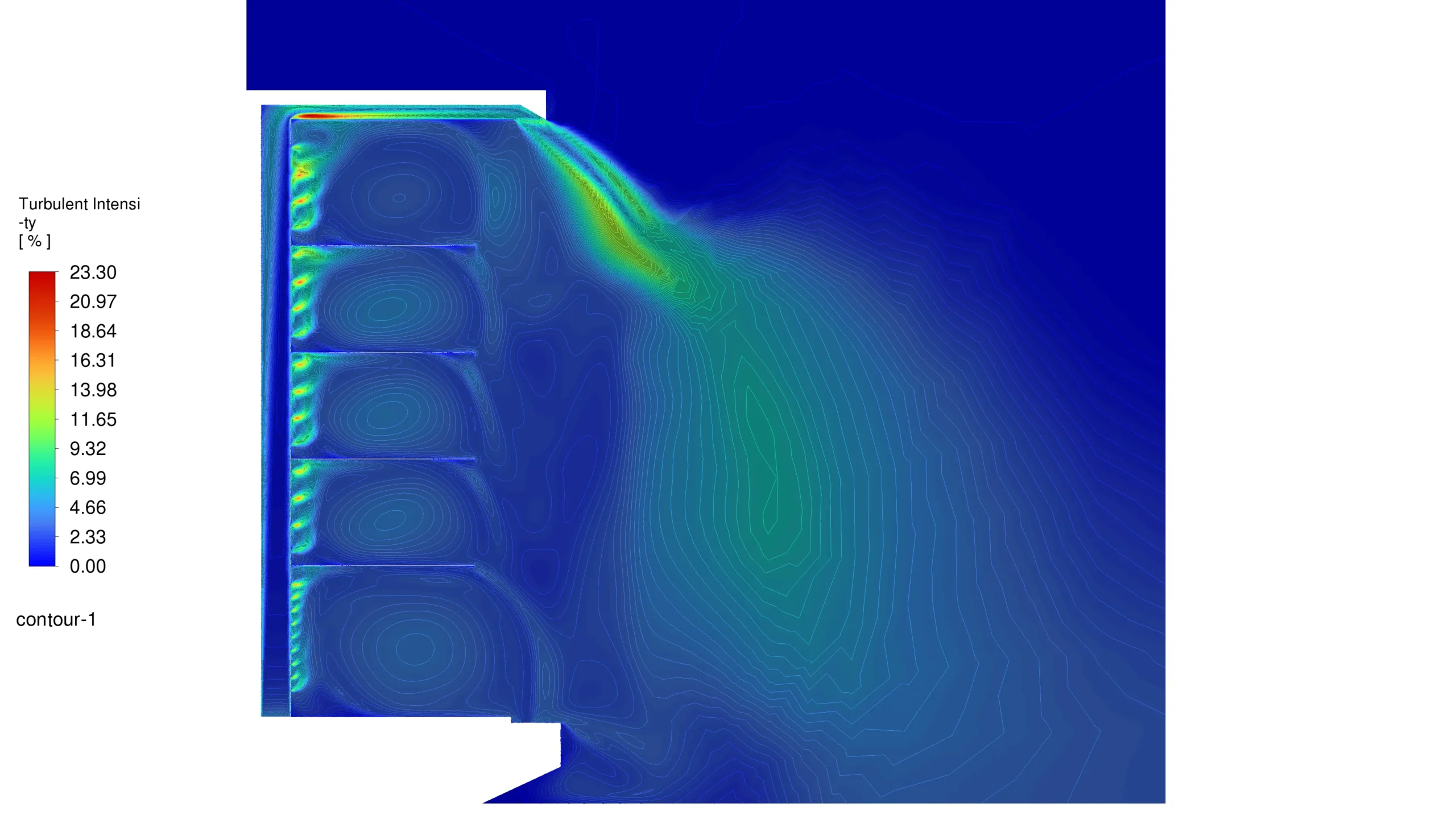
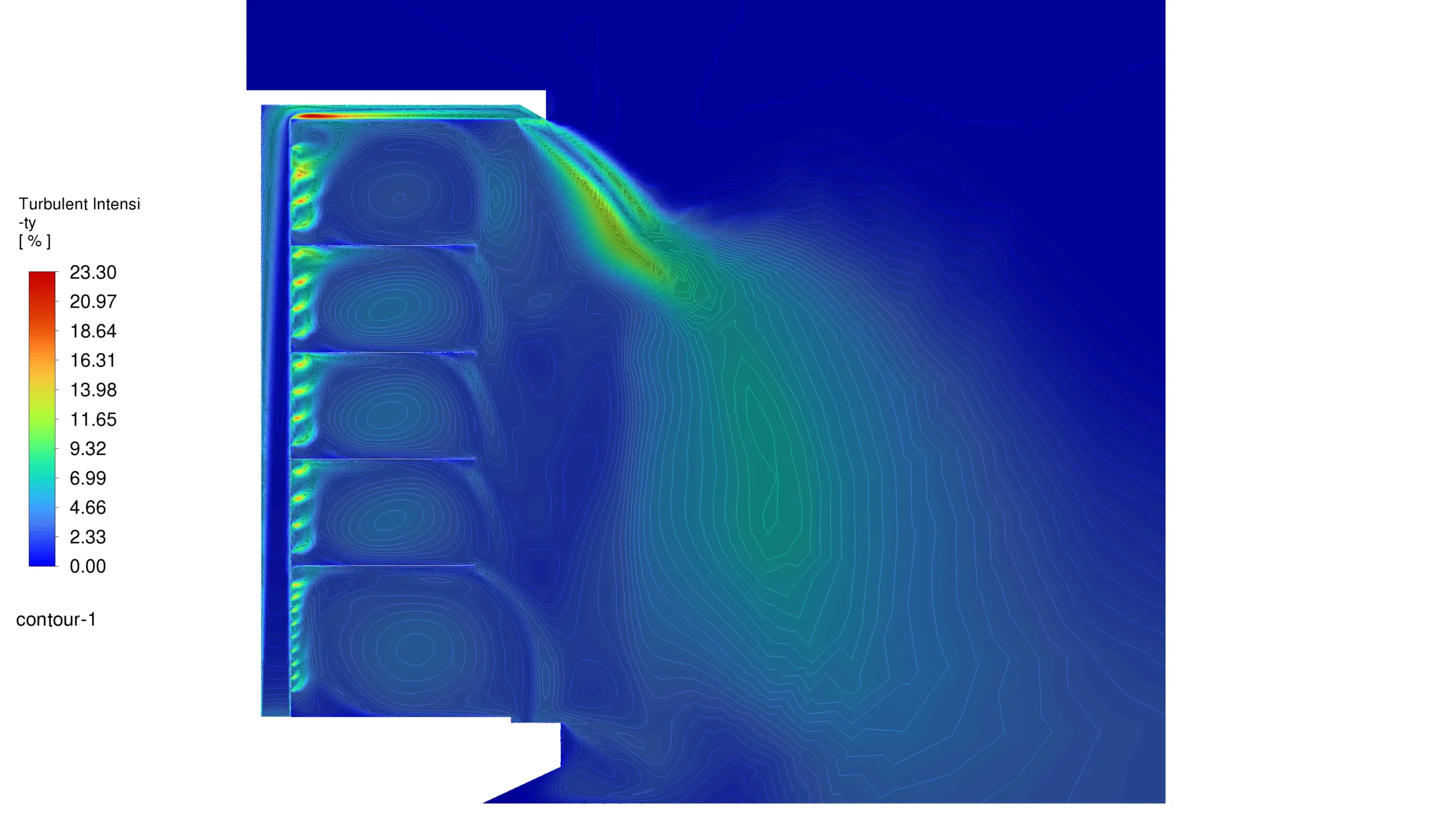
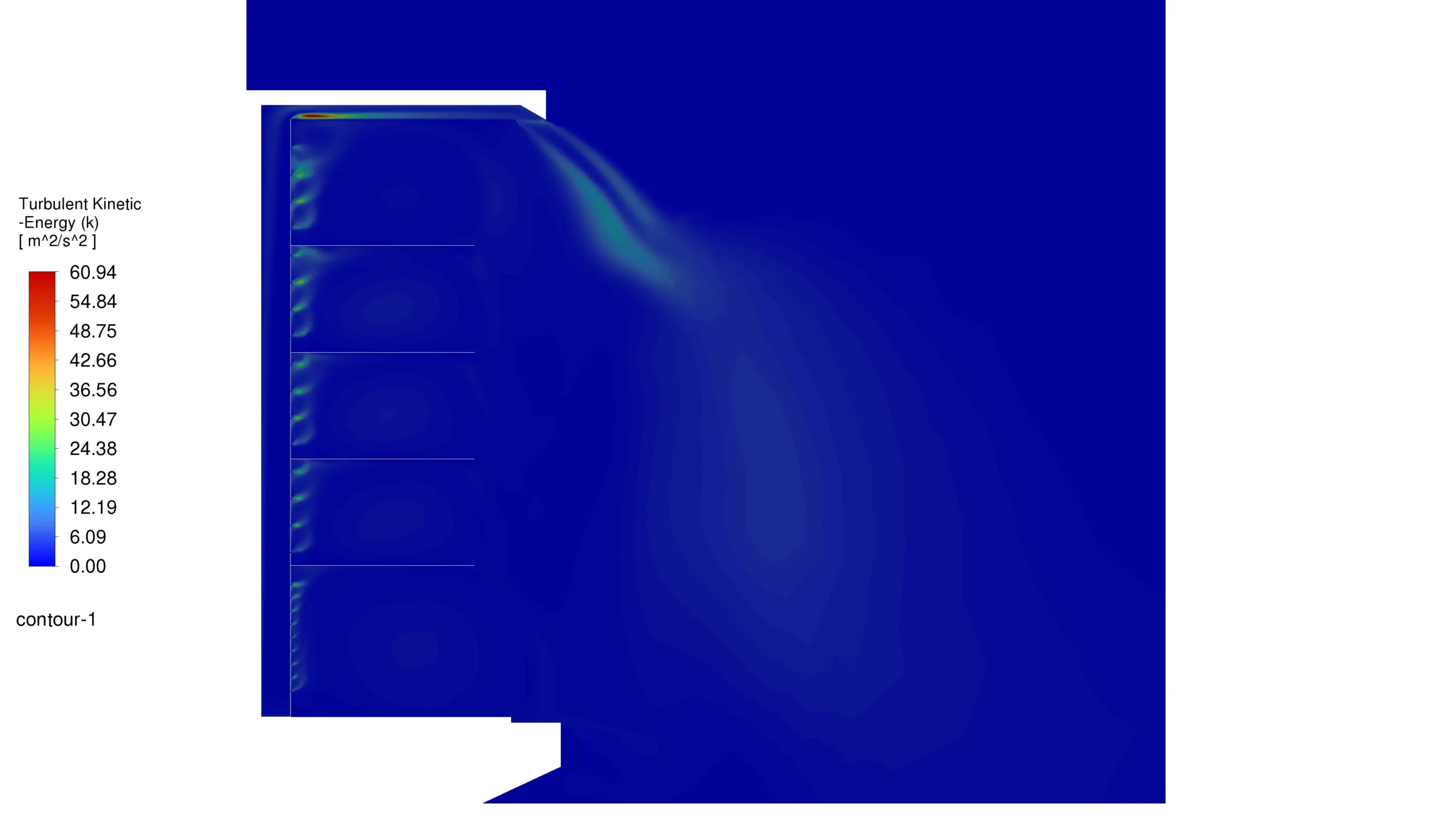
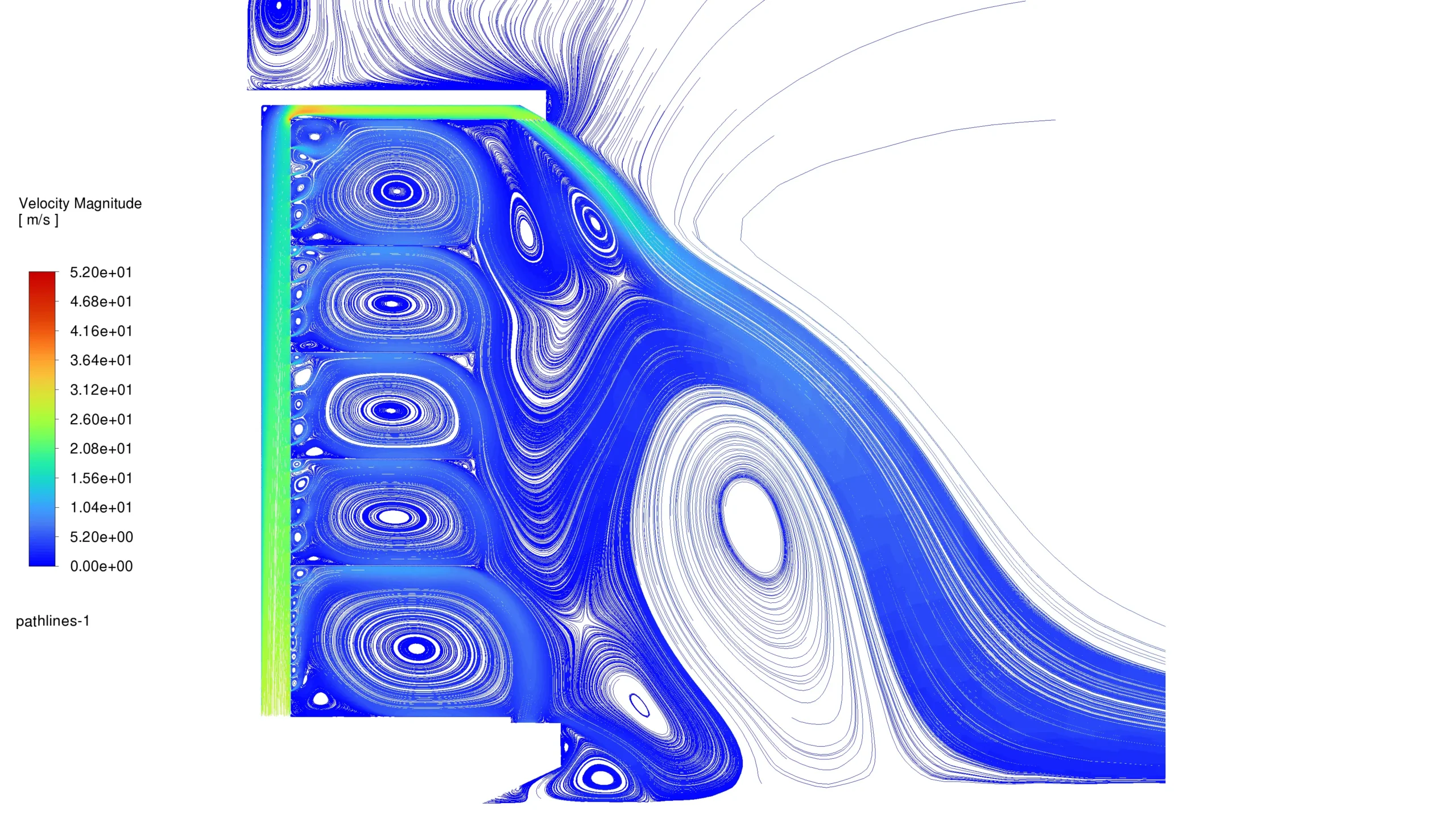
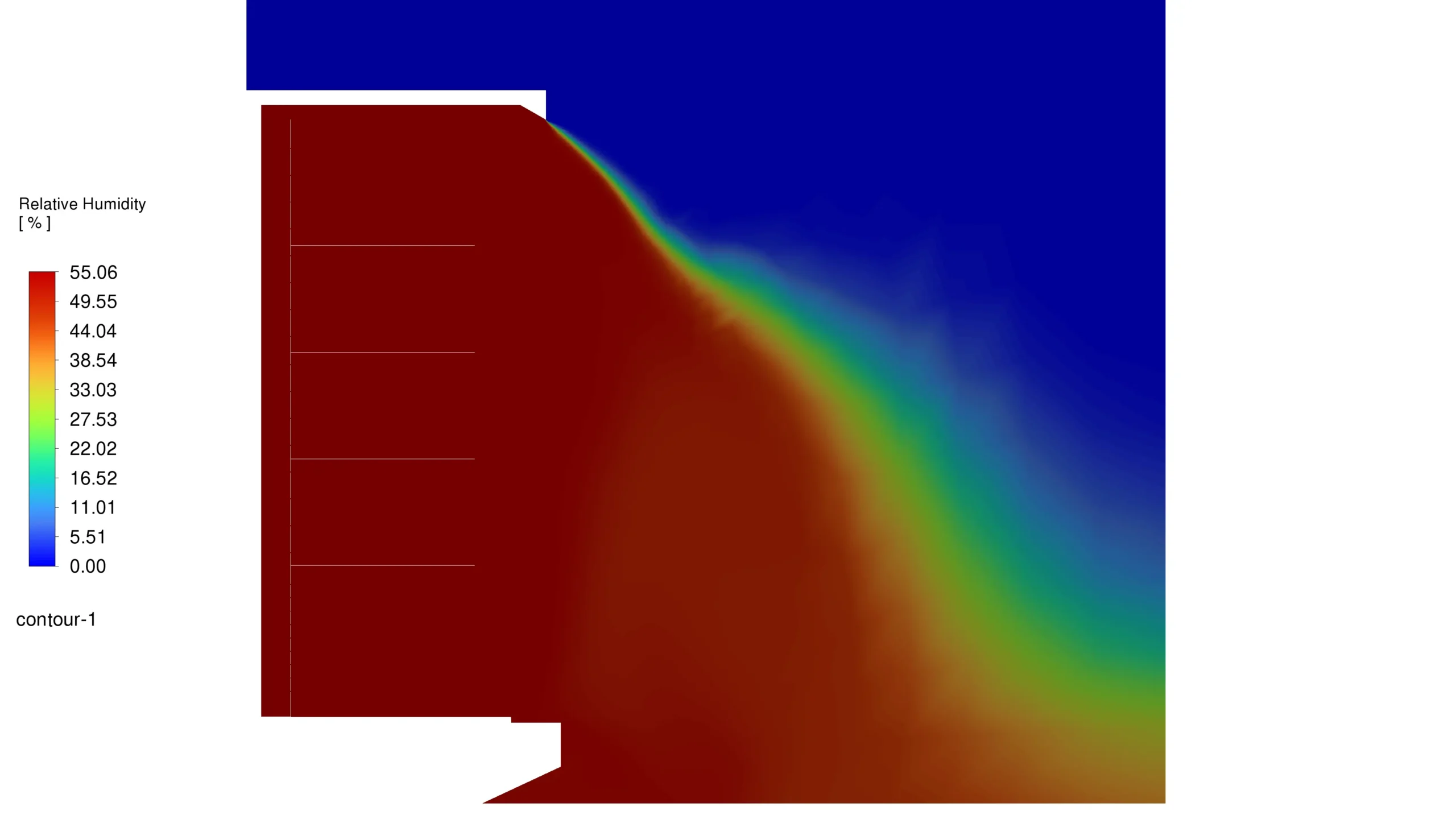
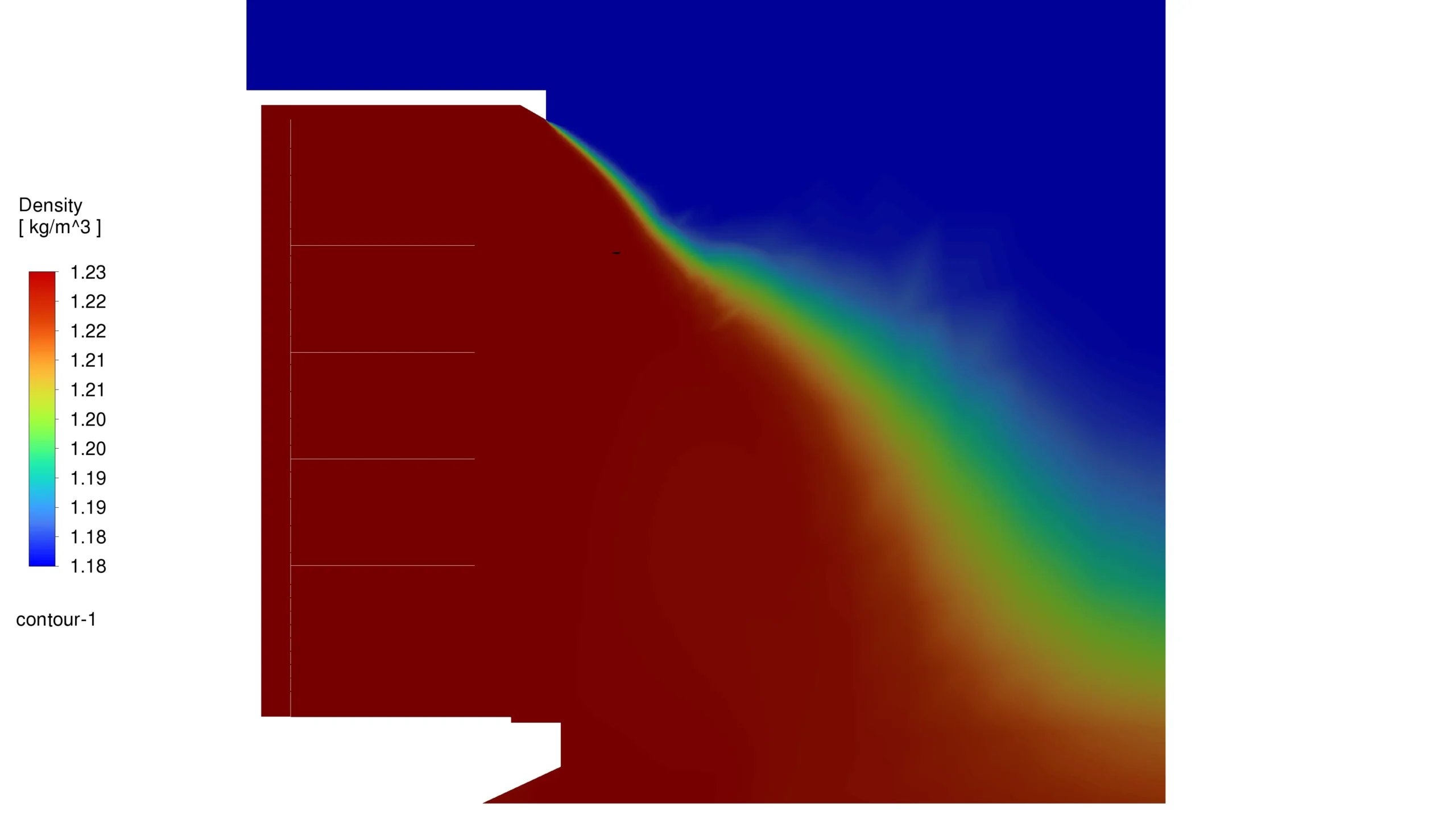
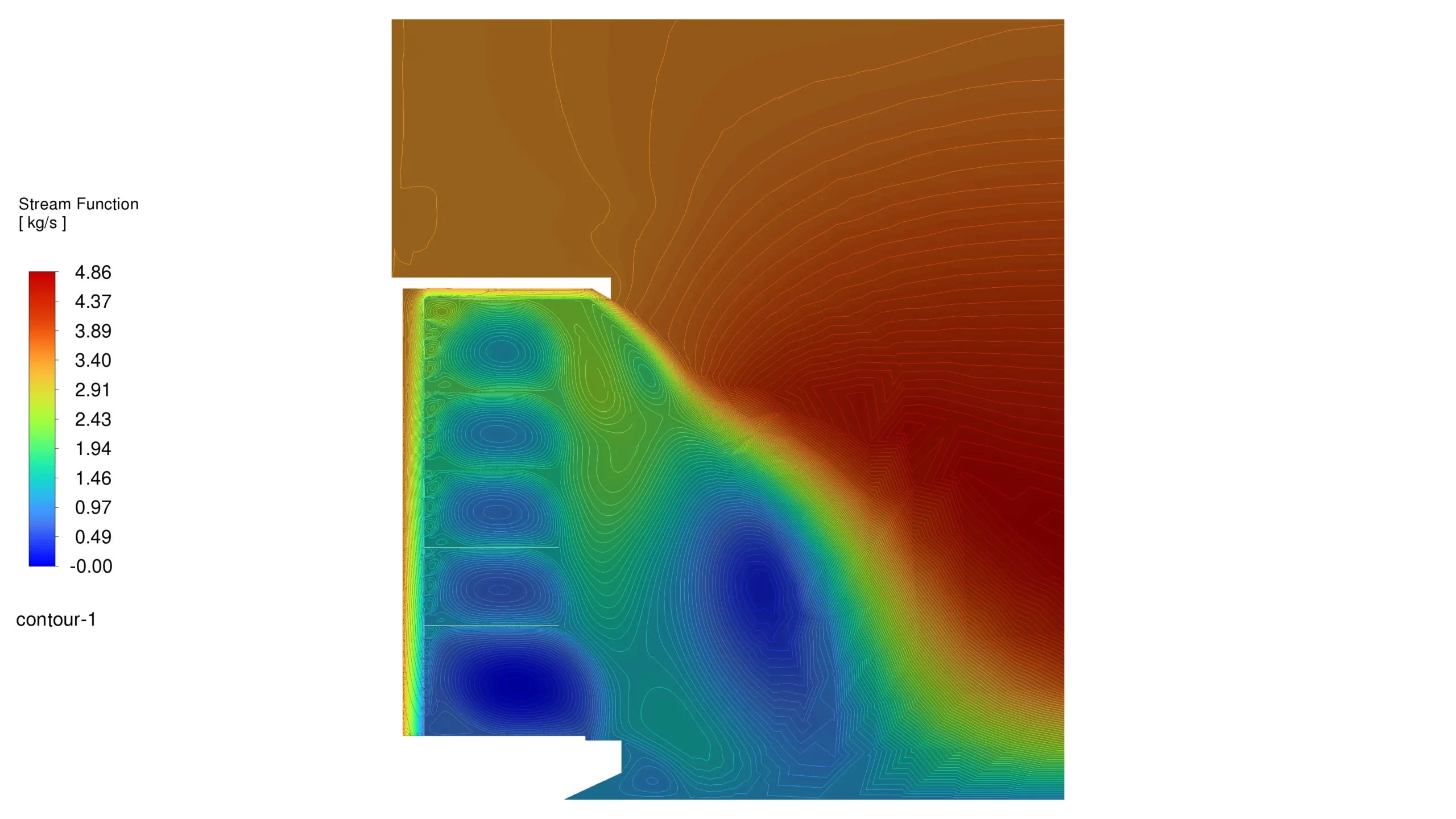
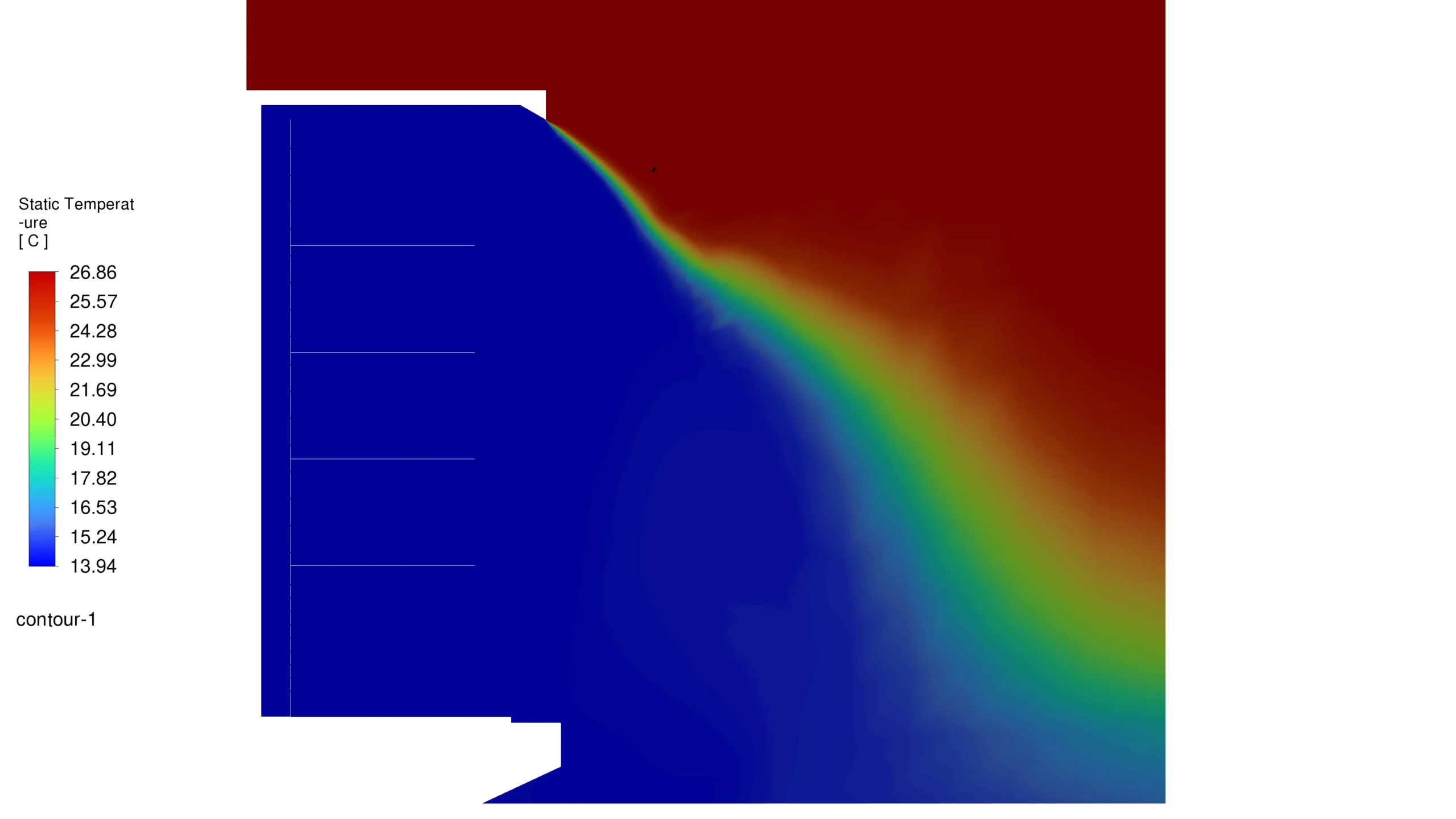
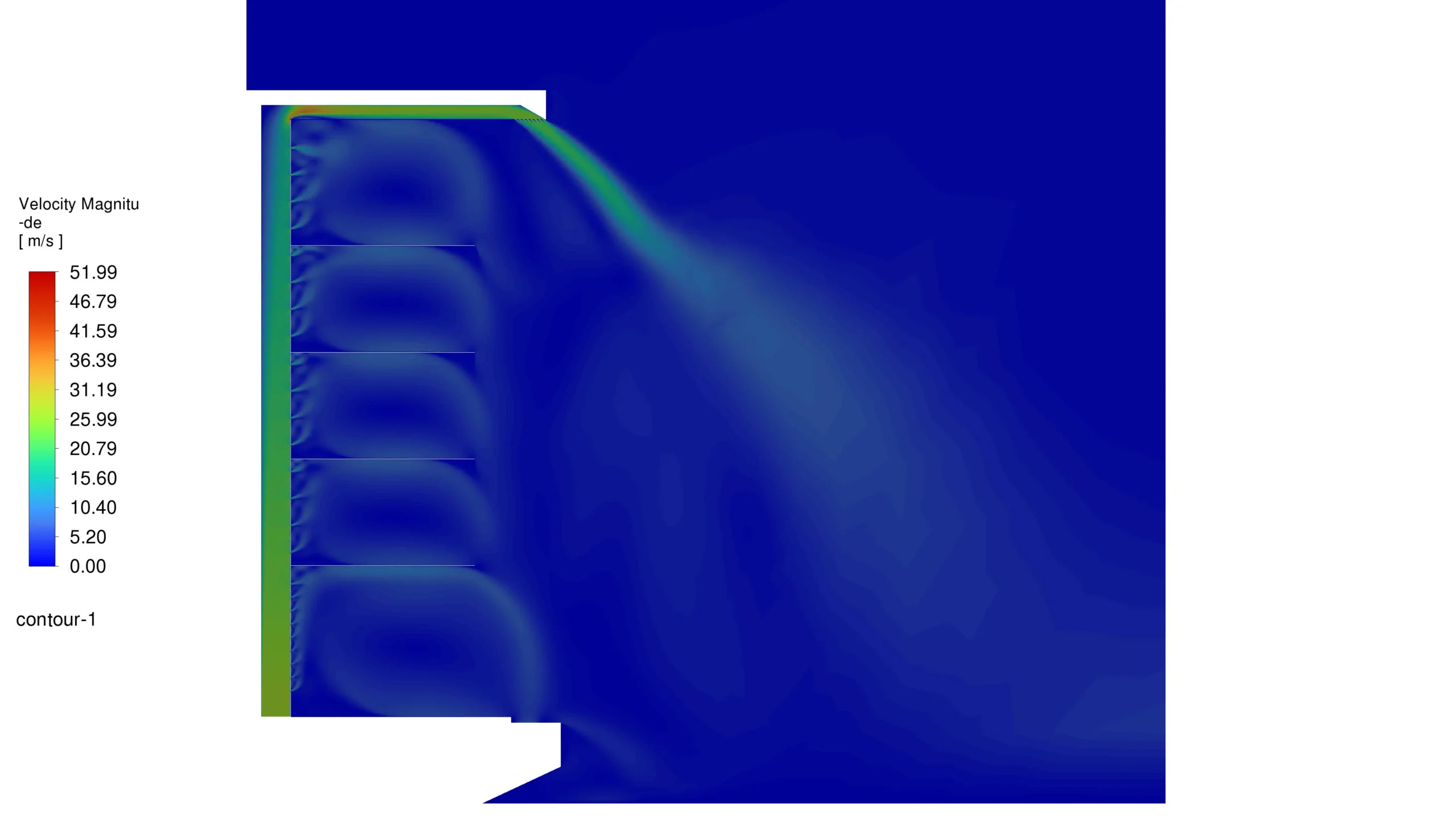






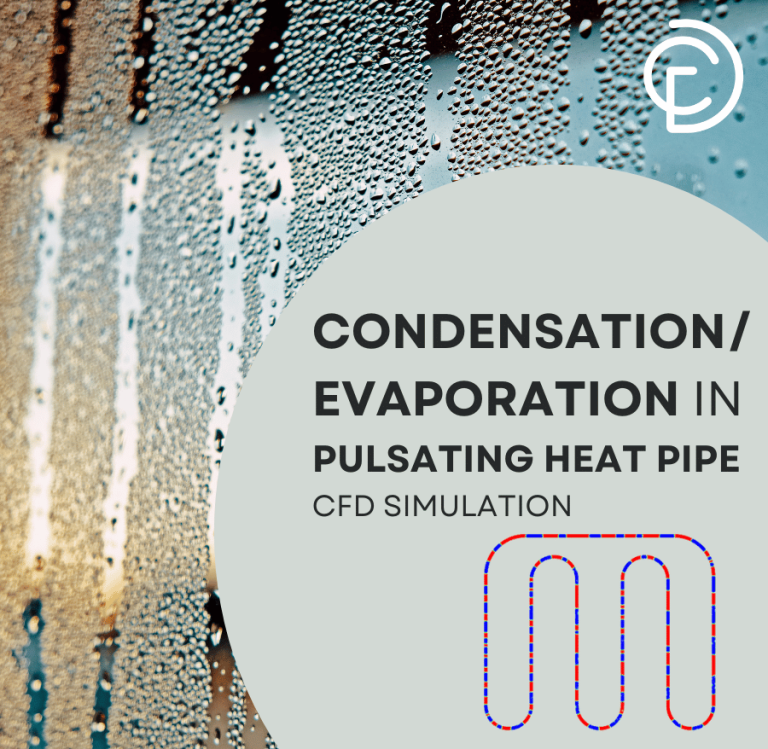
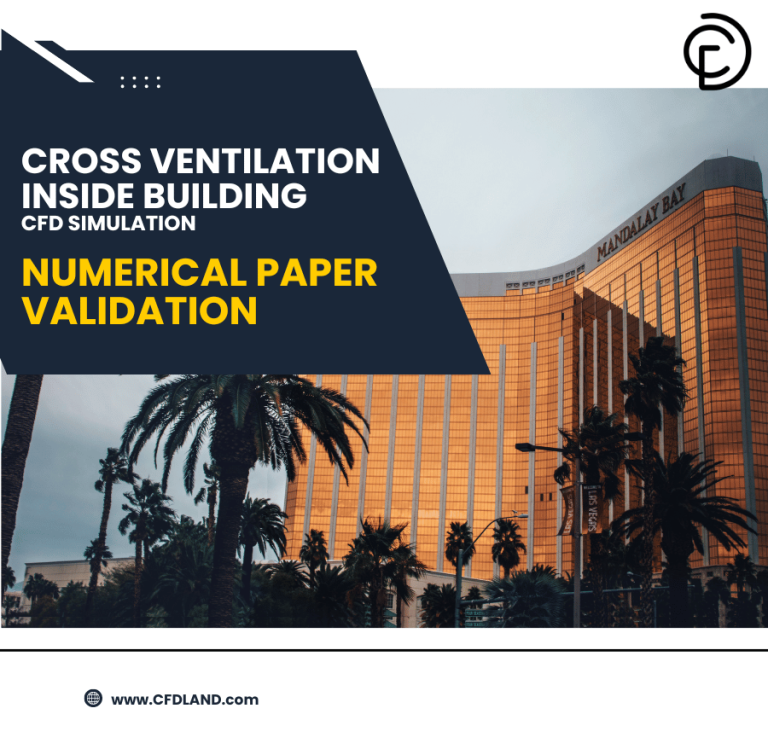
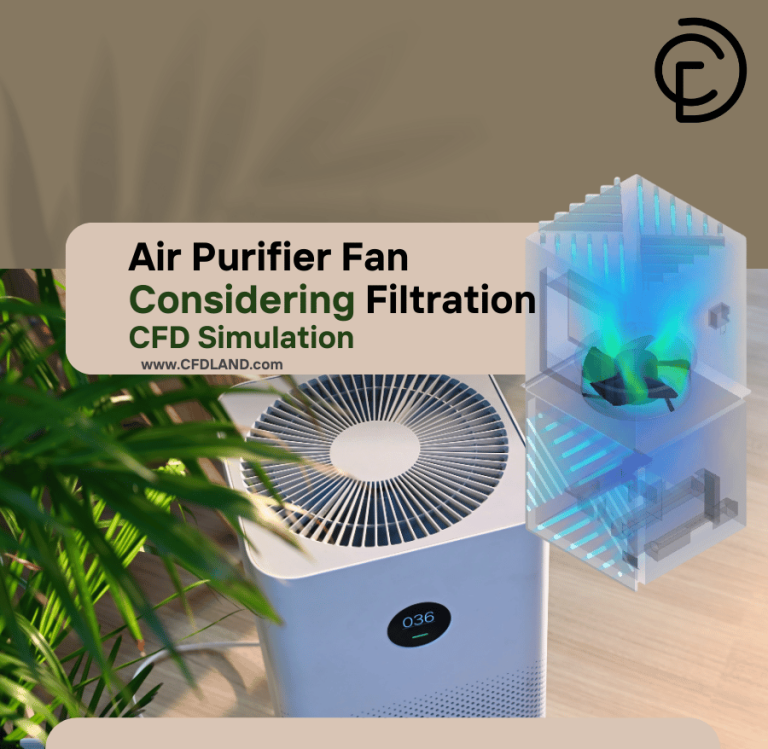
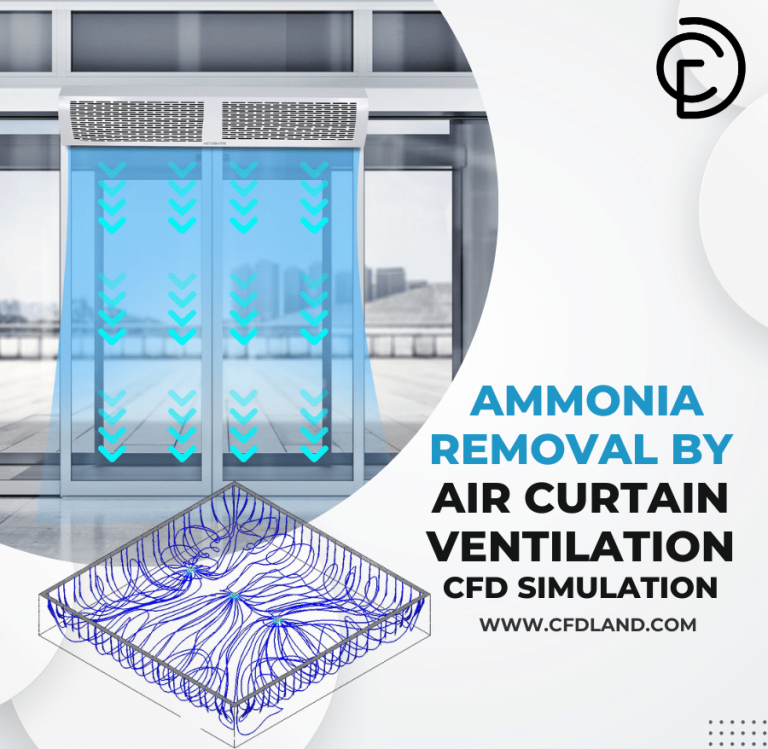
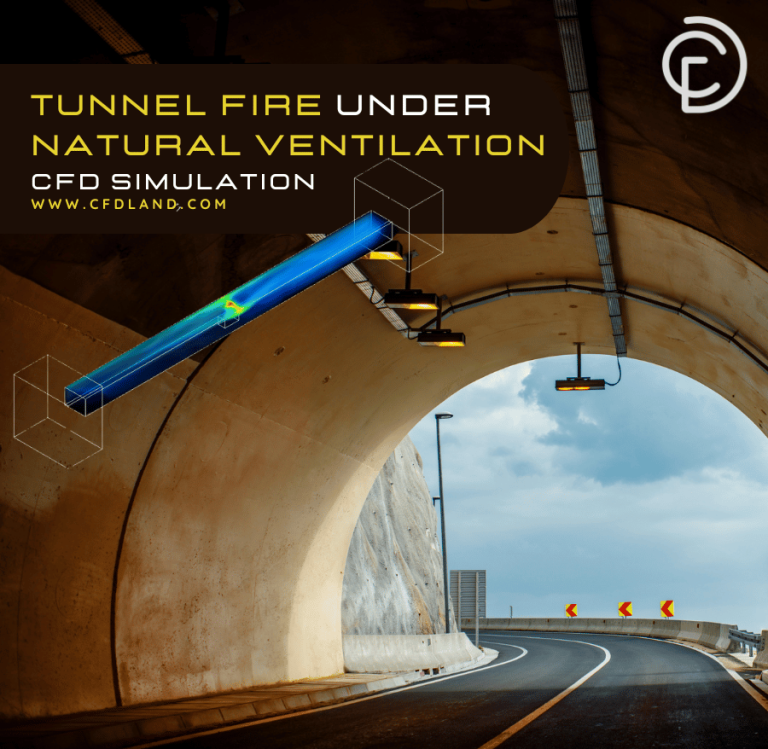
Reviews
There are no reviews yet.